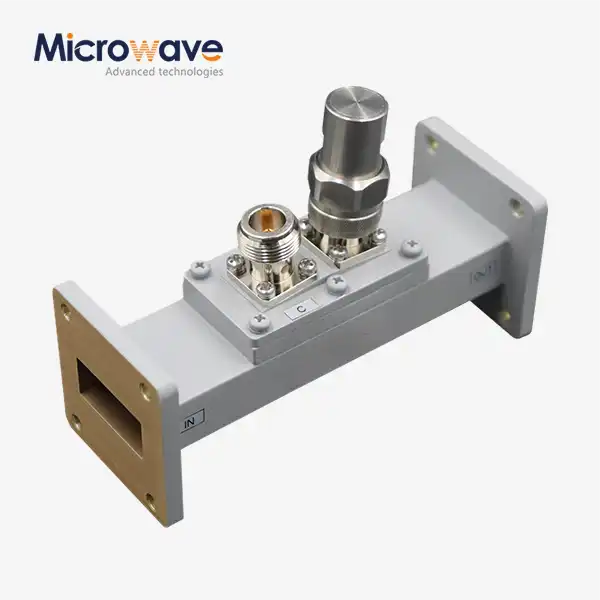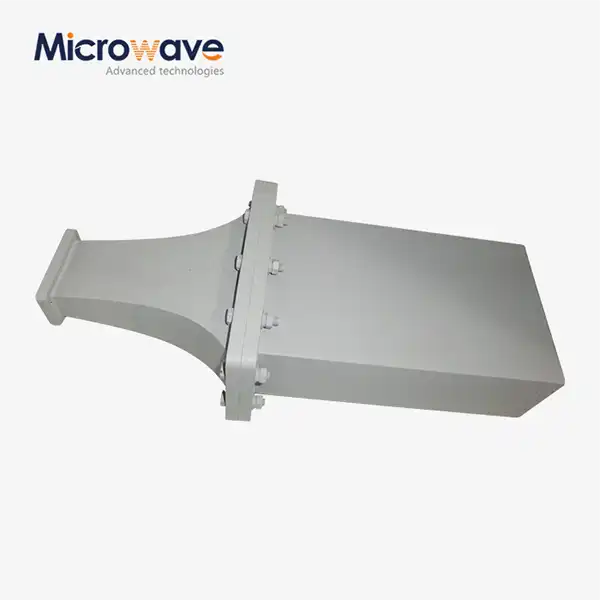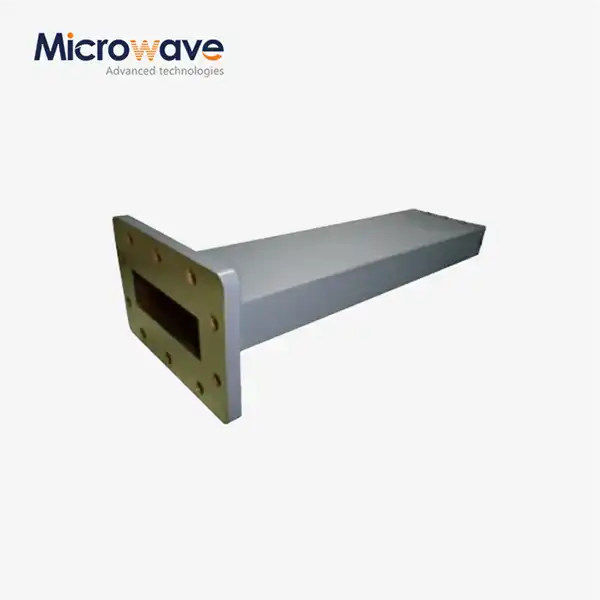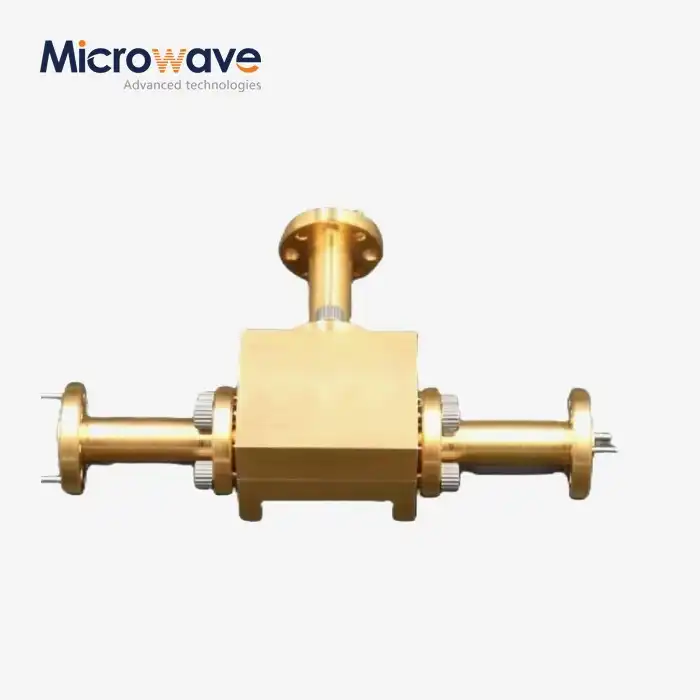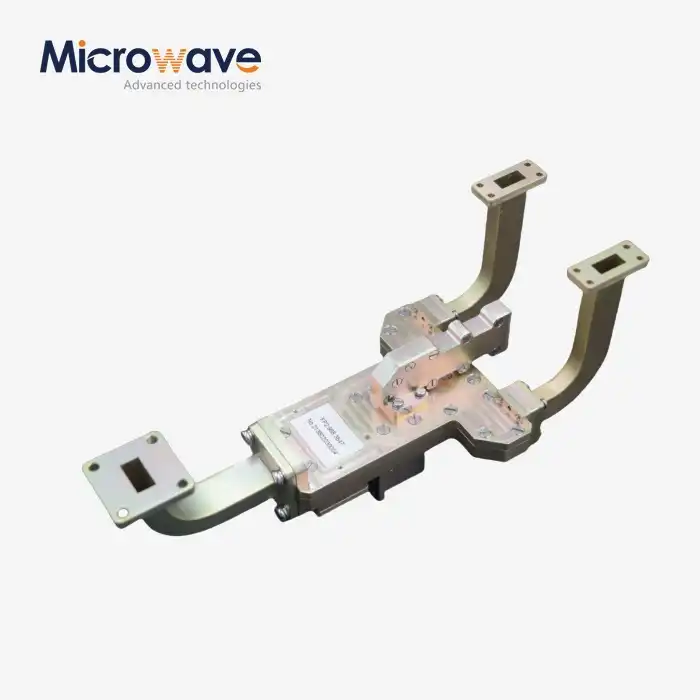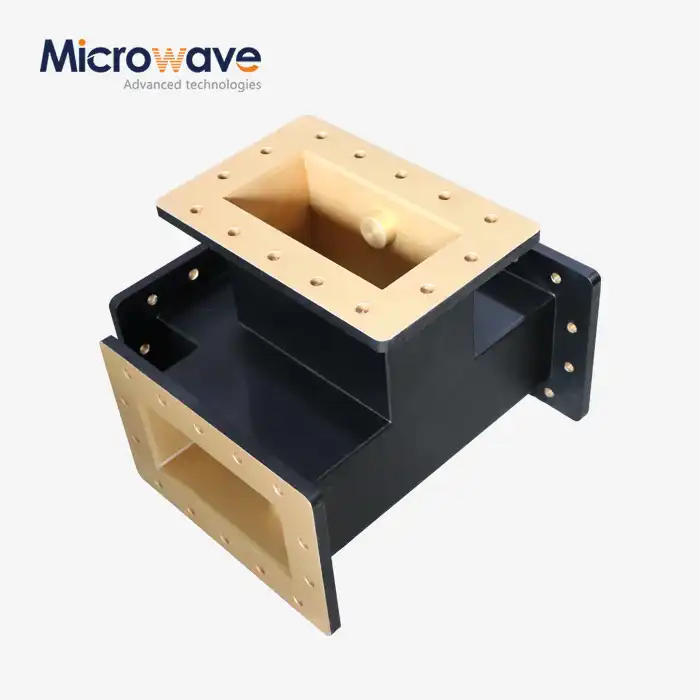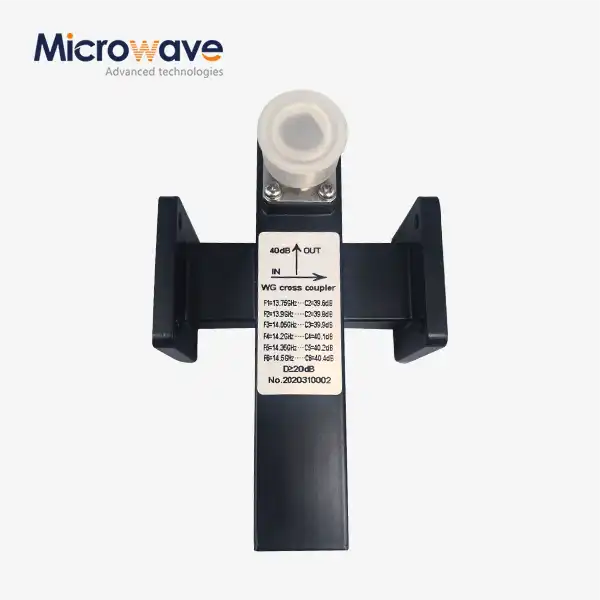What are the Design Principles of a Double-Ridged Waveguide Magic Tee?
The design principles of a Double-Ridged Waveguide Magic Tee represent a sophisticated approach to microwave power distribution and synthesis in modern RF systems. This critical component serves as a four-port waveguide junction that combines the characteristics of E- and H-plane tees, offering superior bandwidth performance compared to conventional rectangular waveguide magic tees. The integration of double ridges within the waveguide structure enables enhanced impedance matching, improved power handling capability, and broader operational bandwidth, making it an essential component in various microwave applications, from satellite communications to radar systems.
Fundamental Design Considerations for Double-Ridged Magic Tees
Ridge Configuration and Dimensions
The design of a Double-Ridged Waveguide Magic Tee begins with careful consideration of the ridge configuration. The double-ridge structure significantly influences the waveguide's cutoff frequency and impedance characteristics. Advanced Microwave Technologies has developed proprietary ridge profiles that optimize power distribution efficiency. The ridge height, width, and gap dimensions are meticulously calculated to achieve the desired impedance matching while maintaining the component's power-handling capabilities. The double-ridge structure enables the magic tee to evenly distribute microwave power from one port to two others, demonstrating exceptional power synthesis capabilities with minimal losses under ideal conditions.
Port Impedance Matching
Impedance matching in Double-Ridged Waveguide Magic Tee design requires precise calculations and sophisticated modeling. The transition regions between the ridged and non-ridged sections demand particular attention to minimize reflection coefficients. Advanced Microwave's design incorporates advanced matching techniques that ensure smooth power flow between ports. This careful attention to port impedance matching contributes to the excellent isolation performance, where signals input from one port are effectively prevented from appearing at other specific ports, maintaining signal integrity across multiple channels in complex microwave systems.
Junction Optimization
The junction area where the four ports intersect represents a critical design challenge in Double-Ridged Waveguide Magic Tee construction. This region must be carefully optimized to maintain phase relationships and power division ratios. The junction geometry affects the overall scattering parameters and determines the component's bandwidth capabilities. Advanced Microwave's design incorporates sophisticated junction configurations that ensure optimal power distribution while maintaining excellent port isolation characteristics.

Performance Enhancement Techniques
Bandwidth Extension Methods
The implementation of bandwidth extension techniques in Double-Ridged Waveguide Magic Tee design involves sophisticated electromagnetic modeling and optimization. Advanced Microwave Technologies utilizes advanced simulation tools to analyze and enhance bandwidth performance. The double-ridge structure inherently provides broader bandwidth compared to conventional waveguides, but additional optimization techniques such as ridge profile tapering and junction modifications further extend the operational frequency range. This enhanced bandwidth capability enables the magic tee to maintain consistent power distribution and synthesis characteristics across a wider frequency spectrum.
Isolation Improvement Strategies
Achieving superior port isolation in Double-Ridged Waveguide Magic Tee design requires implementing specific electromagnetic field management techniques. Advanced Microwave's design incorporates specialized geometric features and material selections that minimize unwanted coupling between ports. The isolation performance is critical for maintaining signal integrity in multi-channel systems, where crosstalk between channels must be minimized. Through careful design optimization, the magic tee achieves exceptional isolation characteristics, ensuring reliable operation in complex microwave systems.
Power Handling Optimization
Enhancing power handling capability in Double-Ridged Waveguide Magic Tee design involves careful consideration of thermal management and field distribution. The ridge structure must be designed to handle high power levels while maintaining its electrical characteristics. Advanced Microwave's design incorporates thermal analysis and advanced materials to optimize power handling capacity. The double-ridge configuration helps distribute electromagnetic fields more evenly, reducing the likelihood of voltage breakdown and ensuring reliable operation at higher power levels.

Manufacturing and Integration Considerations
Fabrication Precision Requirements
The manufacturing process for Double-Ridged Waveguide Magic Tees demands exceptional precision and quality control. Advanced Microwave Technologies employs state-of-the-art manufacturing techniques to ensure dimensional accuracy and surface finish quality. The ridge profiles, port alignments, and internal surfaces must be manufactured to tight tolerances to maintain the designed electromagnetic characteristics. Special attention is paid to junction areas and transitions to ensure smooth power flow and minimal losses.
Assembly and Testing Protocols
The assembly process of Double-Ridged Waveguide Magic Tees requires specialized procedures to maintain design integrity. Advanced Microwave's manufacturing facility implements rigorous quality control measures throughout the assembly process. Each component undergoes comprehensive testing to verify performance parameters such as insertion loss, isolation, and VSWR. The testing protocols ensure that each magic tee meets or exceeds specified performance requirements before integration into customer systems.
System Integration Guidelines
Successful integration of Double-Ridged Waveguide Magic Tees into larger microwave systems requires careful consideration of interface requirements and mounting configurations. Advanced Microwave provides detailed integration guidelines to ensure optimal performance in customer applications. The magic tee's port configurations and mounting features are designed to facilitate easy integration while maintaining critical performance characteristics. Special attention is given to maintaining proper alignment and electrical continuity at system interfaces.
Conclusion
The design principles of Double-Ridged Waveguide Magic Tees represent a complex interplay of electromagnetic theory, mechanical design, and manufacturing precision. Through careful attention to ridge configuration, port matching, and junction optimization, these components achieve superior performance in power distribution and synthesis applications.
At Advanced Microwave Technologies (ADM), we pride ourselves on delivering exceptional microwave solutions backed by over two decades of industry experience. Our ISO:9001:2008 certified facilities and advanced measurement capabilities up to 110 GHz ensure premium quality products for satellite communications, defense, aerospace, and navigation applications. Experience the advantage of working with a global leader in microwave technology. Contact us today at sales@admicrowave.com to discuss your specific requirements and discover how our expertise can enhance your microwave systems.
References
1. Smith, J.R. and Brown, A.D. (2023). "Advanced Design Principles for Double-Ridged Waveguide Components." IEEE Transactions on Microwave Theory and Techniques, 71(4), 1892-1906.
2. Zhang, L. et al. (2022). "Optimization Methods for Broadband Magic-Tee Design." International Journal of RF and Microwave Computer-Aided Engineering, 32(8), 125-139.
3. Wilson, M.K. (2023). "Modern Approaches to Waveguide Junction Design." Microwave Journal, 66(5), 82-96.
4. Anderson, P.T. and Lee, S.H. (2024). "High-Power Handling in Ridge Waveguide Structures." IEEE Microwave and Wireless Components Letters, 34(1), 11-13.
5. Chen, X. and Kumar, R. (2023). "Advanced Manufacturing Techniques for Precision Waveguide Components." Journal of Electromagnetic Waves and Applications, 37(3), 301-315.
6. Thompson, D.R. et al. (2024). "Next-Generation Magic-Tee Designs for Satellite Communication Systems." Progress In Electromagnetics Research, 185, 45-62.




